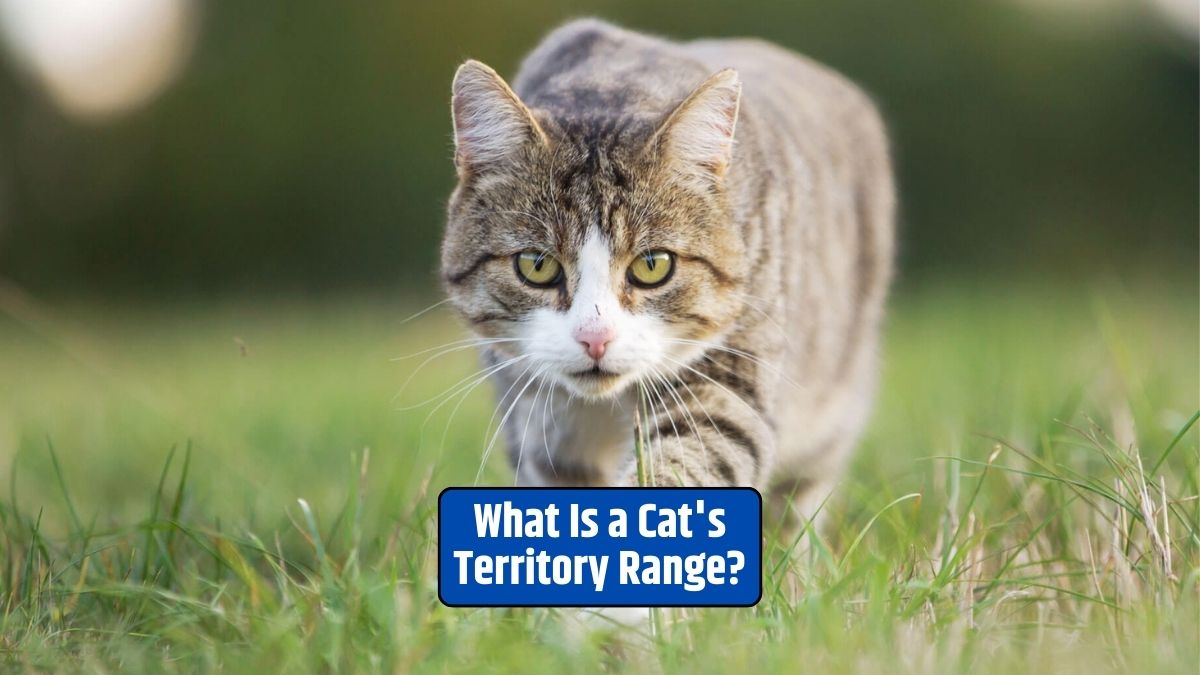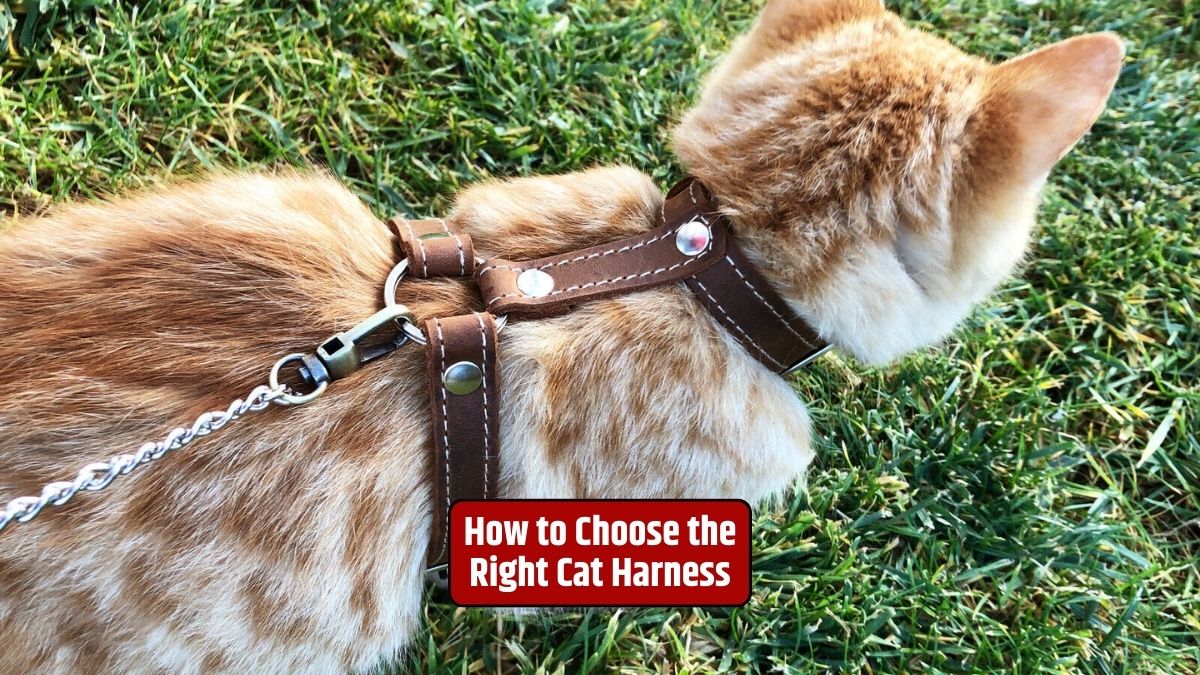Cats are known for their independent and territorial nature. While they can be affectionate and loving pets, they also have a strong sense of territory. In this article, we will explore the concept of a cat’s territory range, the factors that influence it, and how it impacts their behavior.
Cat’s Territory
A cat’s territory is the area that they consider their own and defend against other cats or perceived threats. This territory provides them with a sense of security and a place to find food, shelter, and other resources. Understanding a cat’s territory is crucial in comprehending their behavior and interactions with other felines.
Size
The size of a cat’s territory can vary significantly depending on various factors:
1. Wild vs. Domestic Cats
Wild cats, like lions and tigers, have much larger territories that can span hundreds of square miles. In contrast, domestic cats have much smaller territories, often limited to a single household or a few neighboring yards.
2. Urban vs. Rural Environments
Cats living in urban areas tend to have smaller territories due to the abundance of food sources and the presence of other cats. Rural cats, on the other hand, may have larger territories as they need to cover more ground to find resources.
3. Neutering
Male cats typically have larger territories than females. Neutering or spaying a cat can reduce the size of their territory, as they are less focused on mating and marking their territory.
4. Personality
Some cats are more territorial than others. Dominant cats may claim a larger territory and defend it vigorously, while more submissive cats may have smaller, less defended territories.
Territorial Behavior
Understanding a cat’s territorial behavior is essential for cat owners. Here are some common signs of territorial behavior:
- Marking: Cats mark their territory by spraying urine or rubbing their scent glands on objects. This is a clear sign that they are claiming an area as their own.
- Aggression: Cats may become aggressive towards other cats or animals that enter their territory. This is a natural instinct to protect their resources.
- Patrolling: Cats often patrol their territory, making regular rounds to check for any intruders or changes.
- Vocalization: Some cats will vocalize loudly, especially at night, to deter other cats from entering their territory.
Impact
Understanding a cat’s territorial nature can help cat owners provide a safe and comfortable environment for their pets. It also explains some of the challenges cat owners may face:
- Indoor vs. Outdoor Cats: Outdoor cats have a larger territory, while indoor cats have a smaller, confined space. Owners should consider the needs of their cat when deciding if they should be indoor or outdoor.
- Multi-Cat Households: In homes with multiple cats, it’s important to provide separate resources and spaces for each cat to reduce territorial conflicts.
- Introducing New Cats: When introducing a new cat to the household, it should be done gradually to avoid territorial disputes.
Conclusion
A cat’s territory is a fundamental aspect of their behavior and survival instincts. Understanding the factors that influence the size of a cat’s territory and recognizing their territorial behavior can help cat owners provide a nurturing and safe environment for their feline companions.
FAQs
Can a cat have more than one territory?
Yes, some cats may establish multiple territories, especially if they have access to different areas.
Do indoor cats have territories?
Indoor cats have a smaller territory that includes the indoor living space, and they may also consider the immediate surroundings, like a balcony, as part of their territory.
How can I reduce territorial aggression in my cats?
Providing separate resources, such as food and litter boxes, for each cat and gradually introducing them to each other can help reduce territorial aggression.
Cats in multi-cat households may have shared territories, but they often have their own preferred spaces within the shared territory.
What can I do if my indoor cat shows signs of territorial behavior?
Enriching the indoor environment with toys, scratching posts, and climbing structures can help satisfy a cat’s territorial instincts and reduce unwanted behavior.






